Top Image: Major Richard Bong courtesy of the US Air Force.
Known as the “Ace of Aces” for his rank as the top American flying ace during World War II, Major Richard Ira Bong is credited with the downing of an impressive confirmed total of 40 enemy aircraft over the course of his career as a fighter pilot. In December 1944, Bong received the Medal of Honor from General Douglas MacArthur for his service.
Much of the success Richard Ira Bong achieved in the course of his short life was seeded in his humble beginnings. Born on September 24, 1920, in the small town of Poplar, Wisconsin, Richard (often referred to by his nickname “Dick”) Bong’s early life represented a common American upbringing. Bong’s mother, Dora, was Wisconsin-born, and his father, Carl, immigrated to the United States from Sweden as a young boy. Together, the couple built a pleasant life on a small farm with their family that steadily grew as the couple welcomed nine children, including Richard. As a boy, Bong learned his way around farm equipment, working alongside his family to help the farm run. It is probable that the knowledge of machinery gained while he was on the farm later aided in his capacity as an aviator. His youth revolved around the many outdoor recreational opportunities that the pristine Northwoods of Wisconsin had to offer, such as fishing, hunting, and hiking.
Bong’s fascination with aircraft took hold as a boy and remained as he entered adulthood. During college, he enrolled in the Civilian Aeronautics Authority in order to gain necessary training and experience. Through this training program, Bong received his pilot’s license and enhanced his flying abilities. In February 1941, he applied for the Army Air Corps Aviation Cadet Program, and after successfully demonstrating his skills, Bong formally entered into service in May 1941.
Bong was commissioned into the Army Air Force Reserves at the rank of 2nd Lieutenant in January 1942, a month after the attack on Pearl Harbor. Due to his adeptness at aerial fighter gunnery, for months Bong served as an instructor at Luke Field in Arizona before transferring to Hamilton Field near San Francisco, California. At Hamilton, Bong’s antics—performing daring stunts and maneuvers in his P-38 Lightning—caught the attention of those around him, including General George C. Kenney (Kenney greatly admired Bong, and would later write an entire book on him, entitled Dick Bong: Ace of Aces, published in 1960). Kenney selected Bong to serve as a pilot in the Fifth Air Force under his command, and by early September 1942, Bong was on his way to serve in the Pacific theater.
While overseas, Bong fearlessly engaged in combat with enemy aircraft on numerous occasions. In the subsequent months since entering the Pacific, Bong claimed victories over multiple Japanese planes and continued to build a strong reputation among his fellow pilots and commanding officers. By November 1943, he had been awarded the Silver Star and the Distinguished Service Cross. Bong credited his success to his preferred method of flying as close to the enemy as possible, thus lessening the chance to miss the target.
This risky tactic was one that Bong applied generously, including during a rescue mission in New Guinea. According to newspaper reports of the incident, Bong was flying overhead while three fellow pilots took a small rubber boat across a lake to reach a pilot who had been missing in the jungle. As he circled above, Bong noticed a crocodile (newspapers called it an alligator) trailing close behind his comrades in the boat. Dropping his plane low to glide along the water, Bong hit the crocodile with a 20 mm round, blasting away the animal and saving his crew, earning himself a story typically only found in legends.
In late 1943, Bong met his future wife Marjorie Vattendahl while back home in Wisconsin on leave. He fell in love with Marge instantly, and vowed to return to marry her after fulfilling his military commitment. By early 1944, Bong returned to the Pacific, and to honor his new love, he changed the name of his P-38 to Marge and included a large photo of her as the plane’s nose art.
By the following Fall, Bong had officially claimed 40 enemy aircraft, making him the top American ace of all-time. In December 1944, Richard Bong was awarded the United States’ highest military decoration, the Medal of Honor, presented to him by General Douglas MacArthur. In January 1945, the newly crowned American “Ace of Aces” was sent home to significant fanfare and media attention. Bong’s celebrity status brought notable focus on his wedding to Marge and the couple’s new life together. Moving to California, Bong started a new career as a test pilot for the Lockheed Aircraft Corporation, helping to develop new aircraft such as the P-80A Shooting Star jet fighter.
The morning of August 6, 1945 started out like any other in the Bong household. Richard woke up early in order to be prepared to test out the new P-80A, and expressed his excitement to Marge about the opportunity before leaving the house for Lockheed’s testing facility. Around 2:30 in the afternoon, the wheels of Bong’s Shooting Star left the ground, soaring upwards toward the sky. However, to Bong and the surrounding witnesses, something immediately had gone awry. Bong attempted to eject himself from the jet, but unfortunately the blast from the plane engulfed him in flames and he was killed before falling back to the ground. In a tragic twist of fate, Bong’s resolute love of flying that brought him glory and fame in life, heralded his death.
The following morning, newspapers announced the news of Major Richard Ira Bong’s untimely death. Many placed the notice directly below the headlines declaring the bombing of Hiroshima that occurred the same day, further indicating Bong’s revered status and his overall significance to the United States for his service in World War II.
The memory of America’s Ace of Aces continues through numerous commemorative memorials around the world. The Richard I. Bong Veterans Historical Center, located in Superior, Wisconsin, maintains public access to many artifacts and documents pertaining to Major Bong and other American veterans, working to honor and preserve the memory of service personnel.
Medal of Honor Citation
For conspicuous gallantry and intrepidity in action above and beyond the call of duty in the southwest Pacific area from 10 October to 15 November 1944. Though assigned to duty as gunnery instructor and neither required nor expected to perform combat duty, Maj. Bong voluntarily and at his own urgent request engaged in repeated combat missions, including unusually hazardous sorties over Balikpapan, Borneo, and in the Leyte area of the Philippines. His aggressiveness and daring resulted in his shooting down eight enemy airplanes during this period.
Kaylie McCarthy
Kaylie McCarthy holds a master's degree in history from the University of New Orleans, and currently works as the Institute Associate with the Jenny Craig Institute for the Study of War and Democracy.
Cite this article:
MLA Citation:
APA Citation:
Chicago Style Citation:
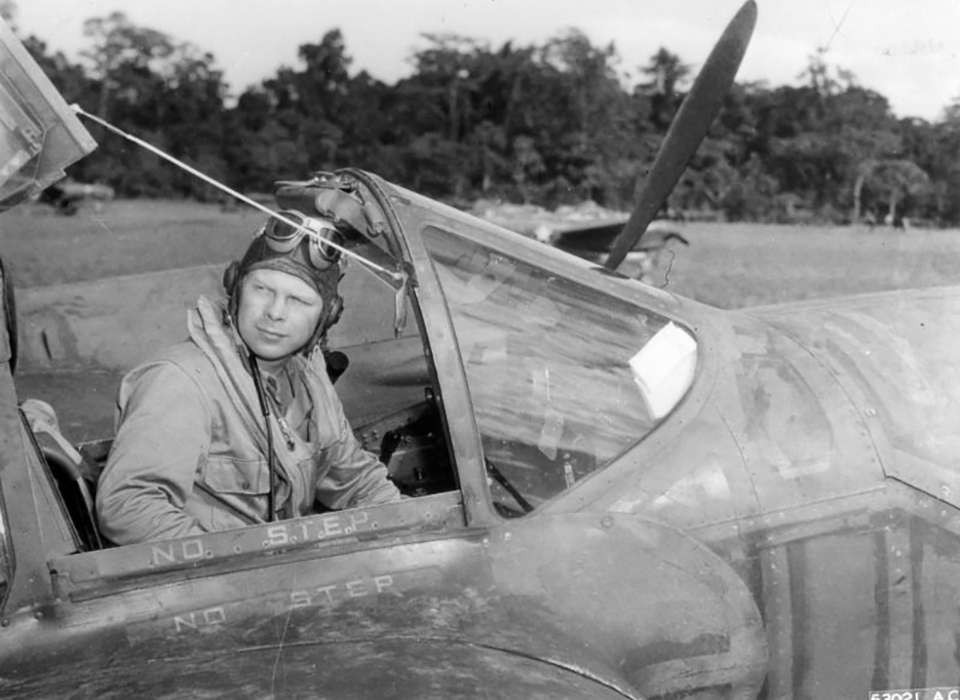
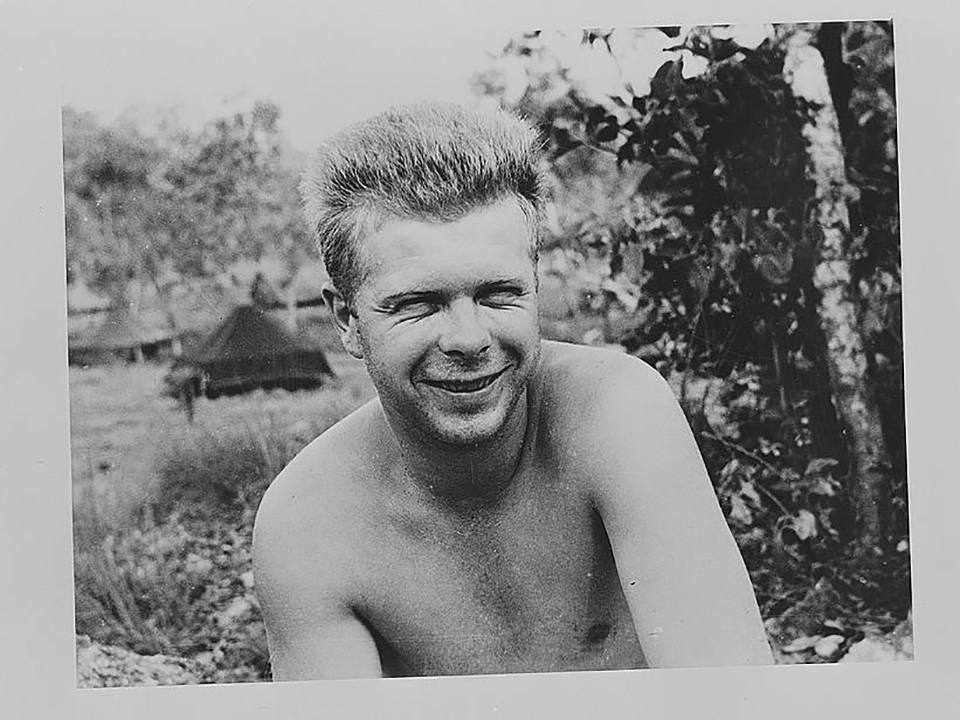
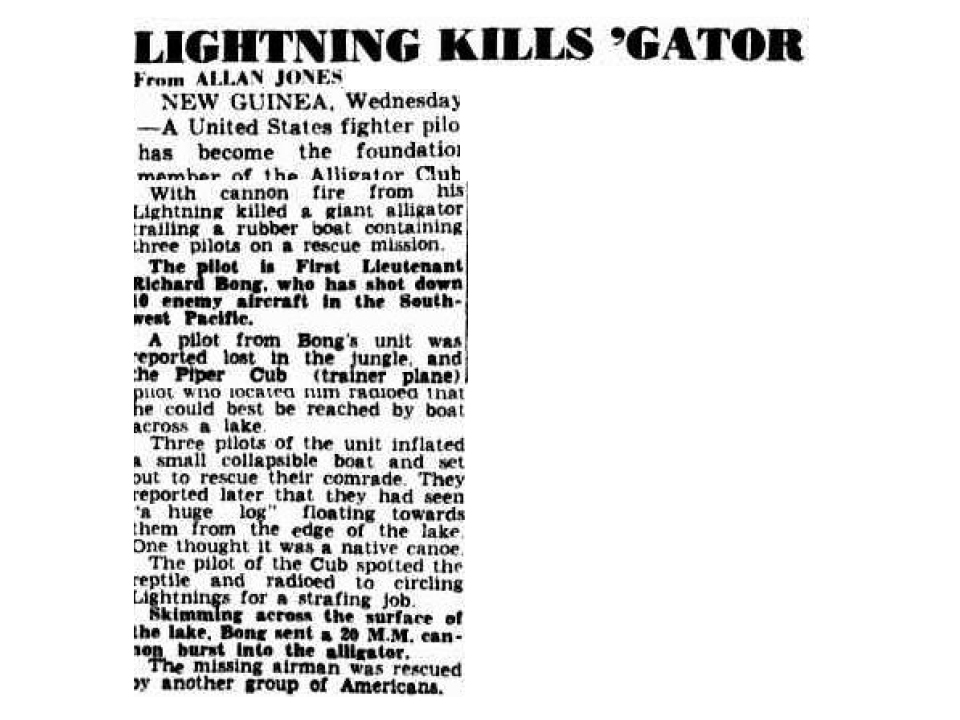
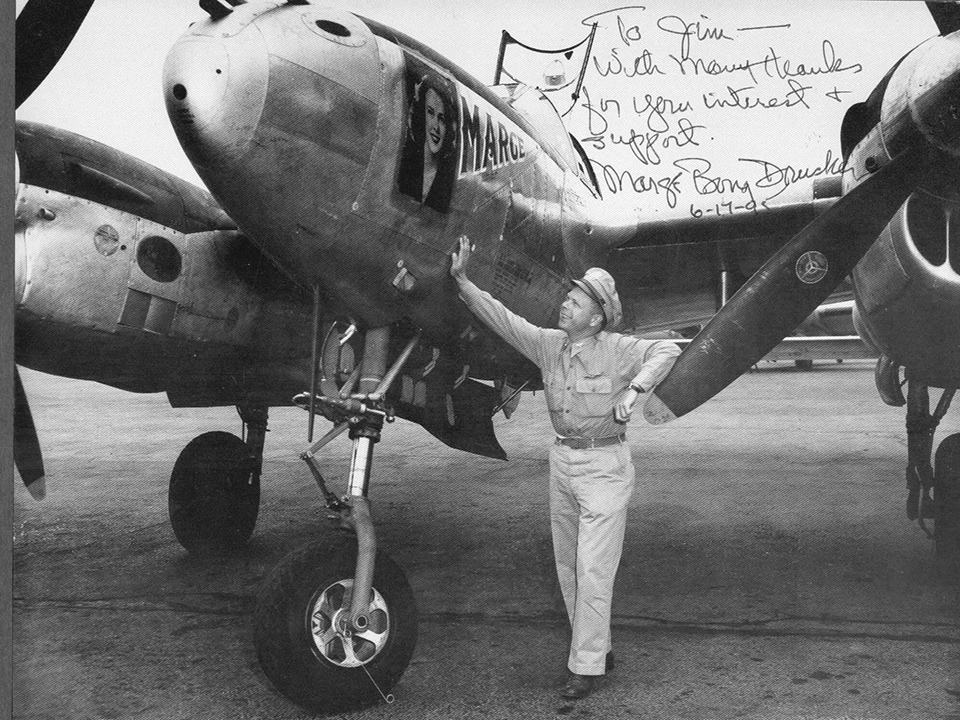
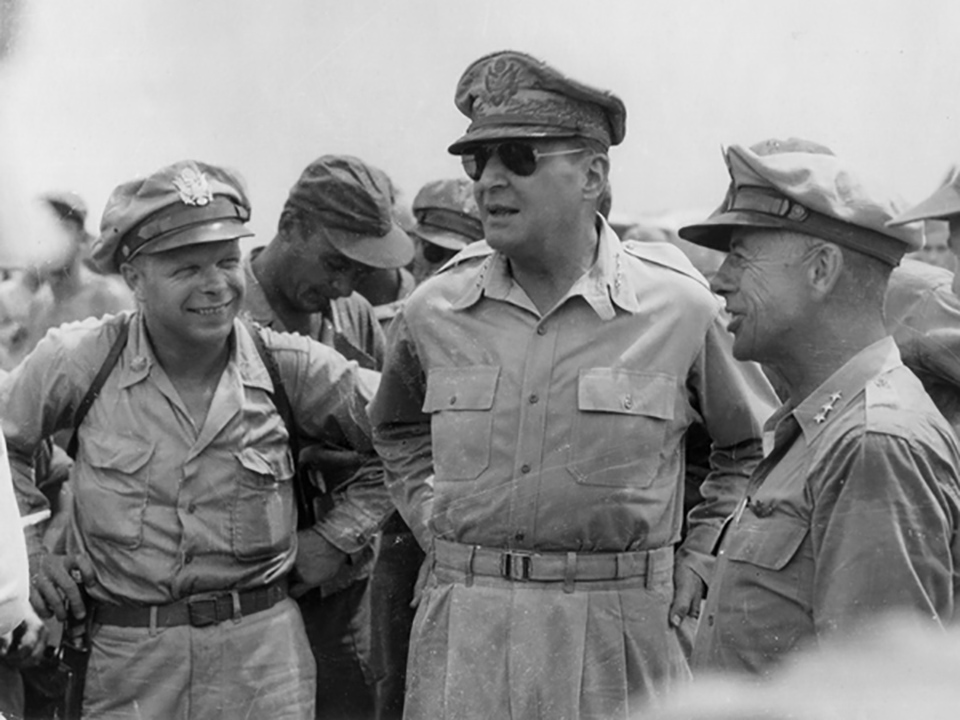
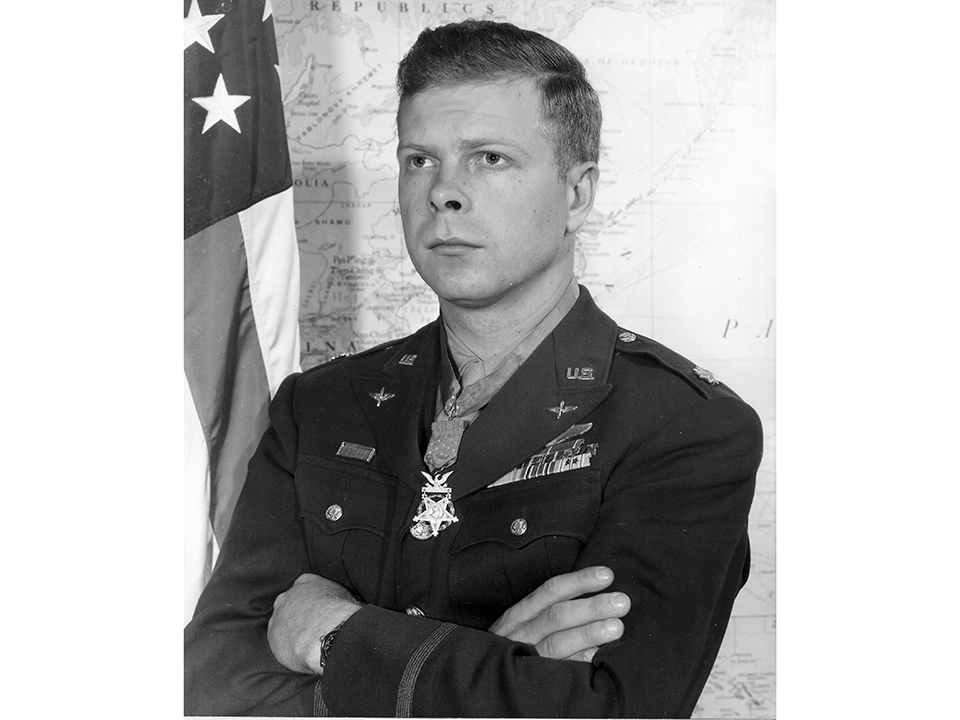




![Max Fuchs, New York City cantor, sings as Rabbi Sydney [sic] Lefkowitz, Richmond, VA, conducts the first Jewish services from Germany.](/sites/default/files/styles/max_650x650/public/2025-10/image1.jpg)



